Bird Count India conducted two workshops in Raipur, Chhattisgarh on 6-7 November 2016. The workshops were organised by the Birds and Wildlife Group of Chhattisgarh and the Science College, Raipur.
On 6 Nov, 52 people (some from as far as Bhilai and Dhamtari) attended the pre-workshop bird walk at the Rajiv Smriti Van and Urja Park at Raipur. The group broke up into various teams and over a period of 2 hours, saw over 60 species in this small park right next to the city. Some of the highlights for the resident birders were the many Greenish Warblers, Taiga and Red-breasted Flycatchers, Verditer Flycatcher, Thick-billed Flowerpecker, and more.
The workshop, delivered by Ramit Singal, included two sessions. “An Introduction to Birds and Birding in India” gave a basic introduction to birdwatching, with a special focus on ethics in the field, bird behaviour and habitats. The second session revolved around the practice of documenting birds and monitoring them. This was followed by examples of how eBird is a useful tool to enhance our understanding of Indian birds and their status.
We are very thankful to Mr Hakimuddin Saify, Mr Mohit Sahu, Mr Saurabh Agrawal, Mr Sonu Arora and everyone else who helped organise this workshop and make it successful.
A short workshop was organised the following day (7 November 2016) at the Science College in Raipur for the MSc Zoology students. The hour-long workshop was very interactive and most of the students were new to birding altogether. The aim of this workshop was to introduce the students to birdwatching in general and give a basic idea of why monitoring and documentation of birds is important. The response was very encouraging and a few of the students turned out to be very knowledgeable and promising birders! We would like to thank Dr Renu Maheshwari for giving us a chance to speak with the students.
Chhattisgarh has a very active community of birders. Led by people like Mr Arun Bharos and Mr Mohit Sahu, a new generation of birders is now also making its presence felt and watching birds in areas hitherto unexplored. These include regions like Dhamtari in the north and Bastar in the south, both of which have turned up exciting birds in recent times. We look forward to continued growth in birding and bird monitoring in the state.
Header Image: Bar-headed Goose Anser indicus by Jageshwar Verma/ Macaulay Library

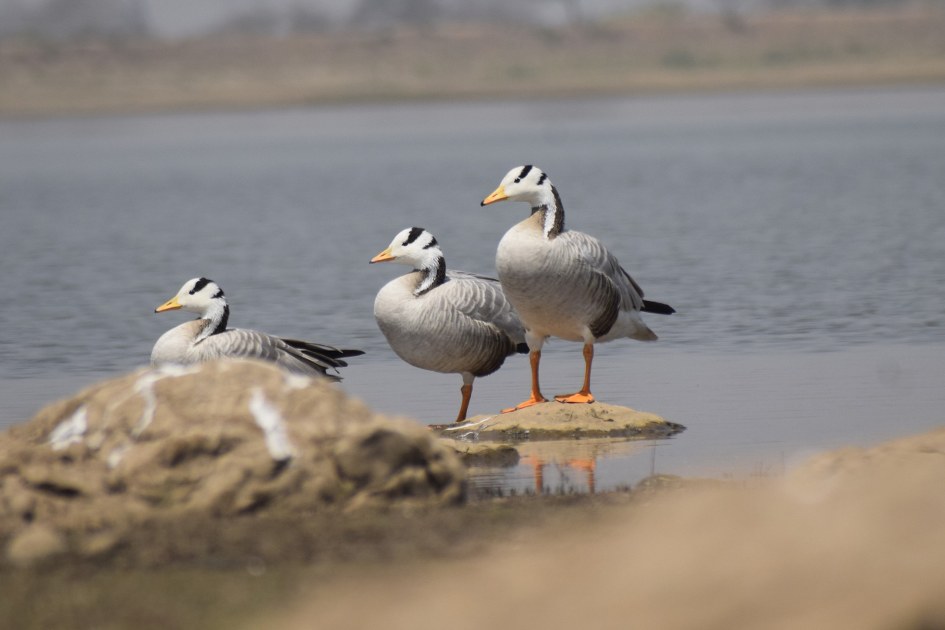
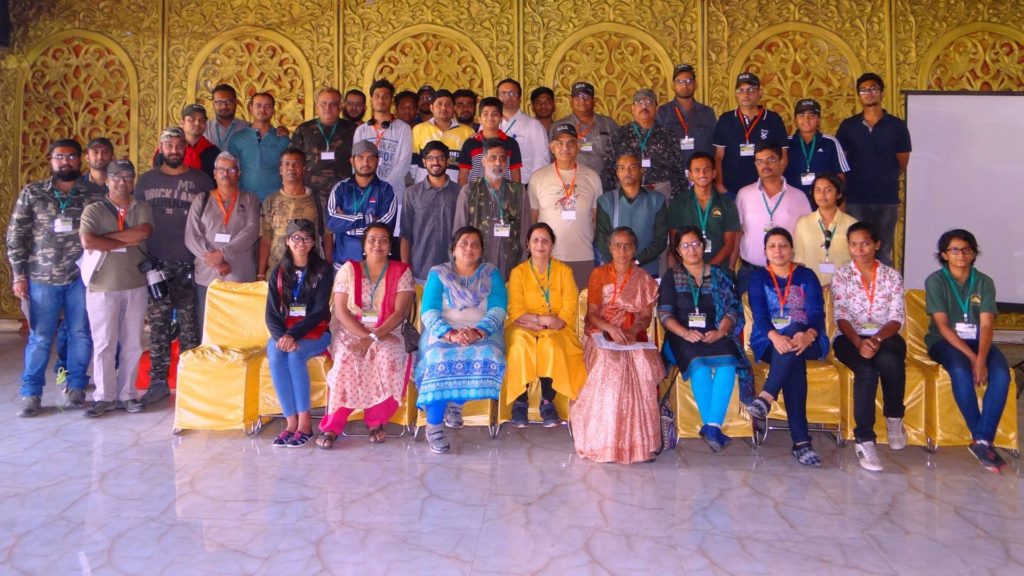
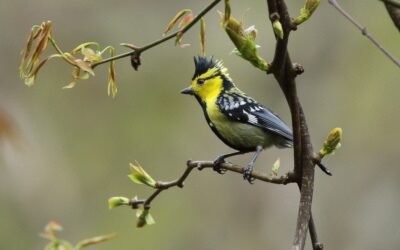
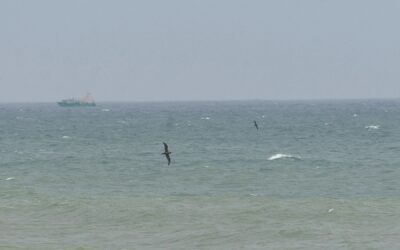
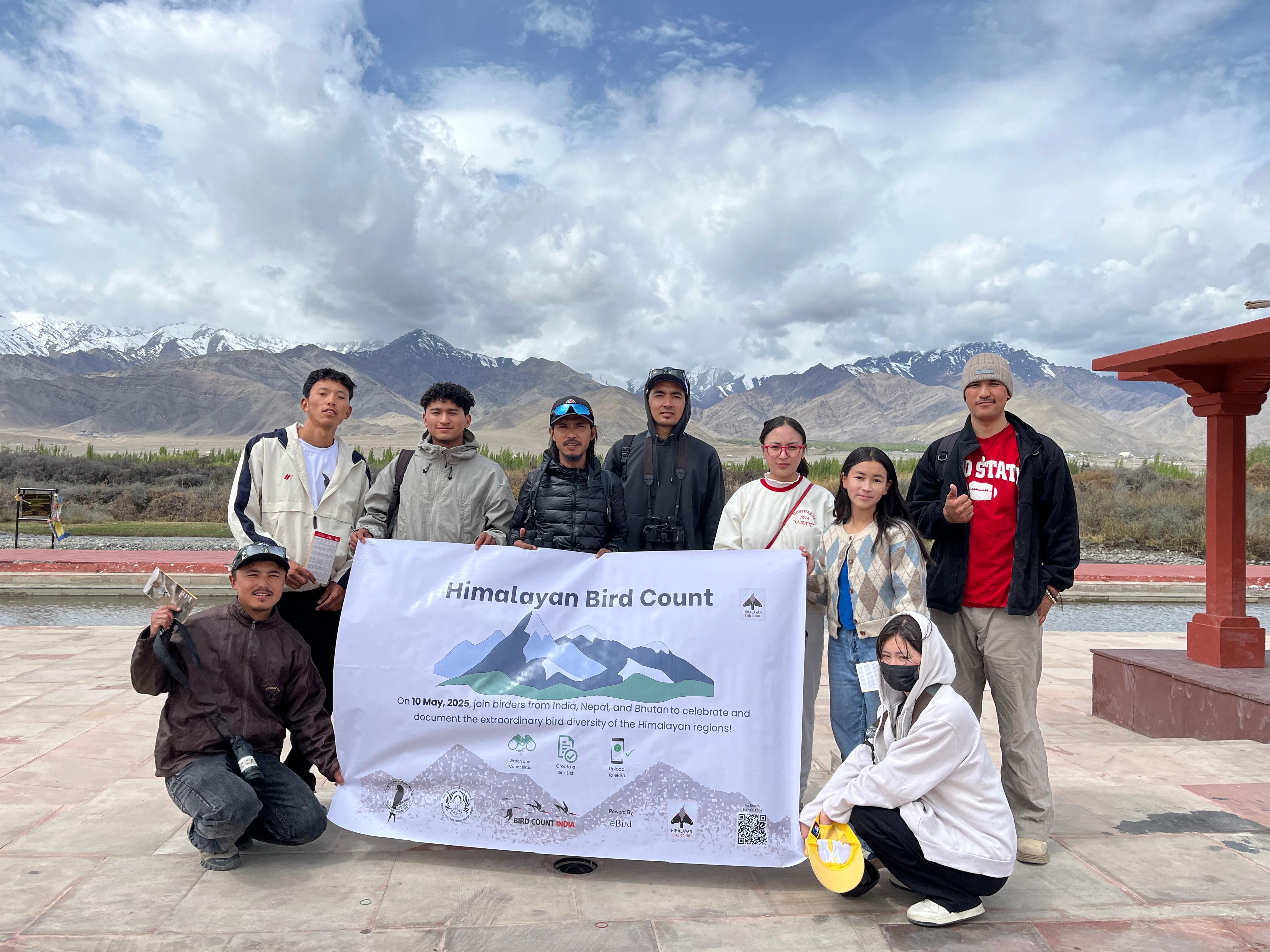
This is an amazing start for Central India.
Dear Ramit ji,
We all are very much thankful to you for sparing your valuable time
and imparting valuable information regarding birding.
we had a very fruitful interaction which will definitely benefit us.
We are also very much thankful to Bird Count India for their support.
We look forward to many such interactions.
With warm regards,
Mohit Sahu
Dear sir
It was a pleasure to be in Raipur and I was surprised by the wonderful response and enthusiasm of the birders in Chhattisgarh. It is heartwarming to see several lists being uploaded from the region after the workshop and we are excited about the future of birding in C India!
Best wishes
Ramit
Am an educator in a school in Raipur. Would like to get to more of such programmes in the future. Would be grateful if you could revert back to me
It was Great Experience and regular bird walk records are being uploaded by me at Every bird walk